saturn
Latest
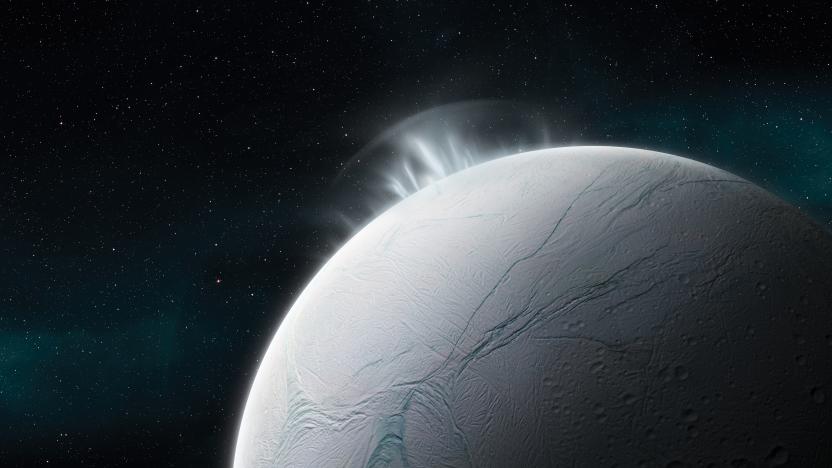
Saturn’s moon Enceladus could support species similar to Earth
Saturn’s moon Enceladus has phosphorous. The finding came from recently analyzed icy particles emitted from the natural satellite’s ocean plumes, detected by NASA’s Cassini spacecraft. The discovery means Enceladus has all the chemical building blocks for life as we know it on Earth. “This is the final one saying, ‘Yes, Enceladus does have all of the ingredients that typical Earth life would need to live and that the ocean there is habitable for life as we know it,” Morgan Cable, astrobiology chemist at NASA’s Jet Propulsion Laboratory, told The Wall Street Journal.
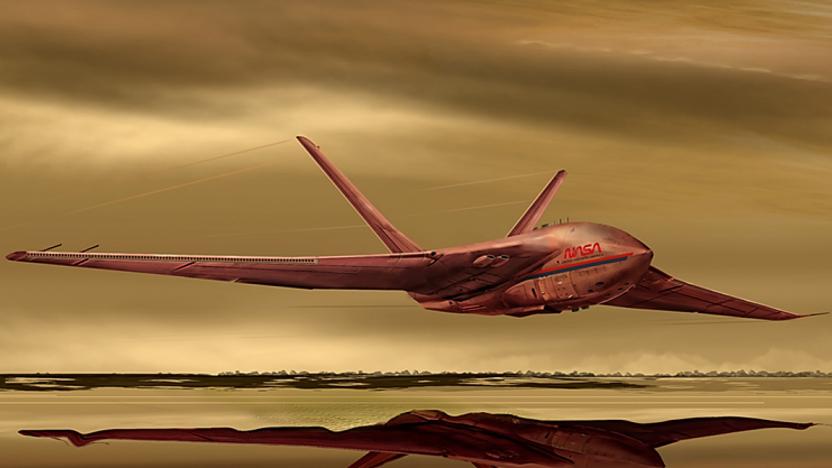
NASA is funding ideas for a Titan seaplane and faster deep space travel
NASA is backing studies into new technologies that include a seaplane that could explore Titan.
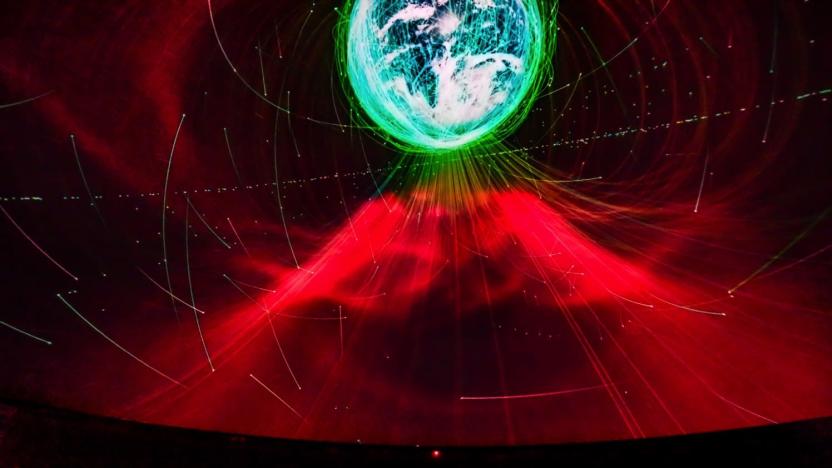
The Hayden Planetarium’s new show celebrates unmanned space probes
The astronomy I learned as a kid was pretty limited — the Earth revolves around the Sun and, of course, the whole "My Very Energetic Mother Just Served Us Nine Pizzas" thing. Of course, that expression no longer applies because our understanding of the solar system is a lot more nuanced these days. Not just because we're adults now, but because the entire field has been revolutionized by probes, plumbing the depths of distant bodies and returning that data to us over decades. That deeper understanding of our solar system is at the heart of the American Museum of Natural History's new space show, Worlds Beyond Earth, but its unsung hero is the technology that made it possible.
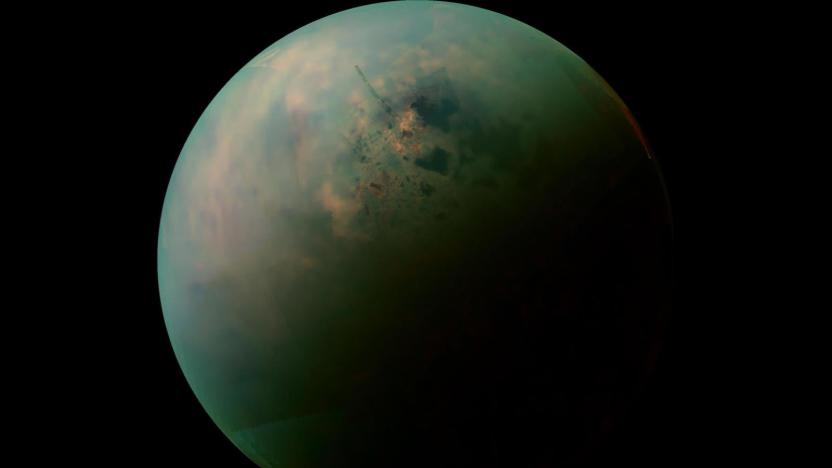
Astronomers create first global map of Saturn's moon Titan
Scientists finally have a comprehensive view of Titan, Saturn's largest moon. A team of astronomers has created the first global map of Titan by using the Cassini probe's over 100 fly-bys to stitch together both imagery and radar measurements. The comprehensive view reveals a landscape that's almost as diverse as Earth in key way.

Sega is becoming its weird and wonderful self again
Sega is in an unexpectedly good place right now. The company was never on top of the industry; it's been beaten by Nintendo, by Sony, by the decline of the arcade. It spent years nursing the wounds from its fall from grace in the '90s, and through the '00s and early '10s could seemingly do little right.
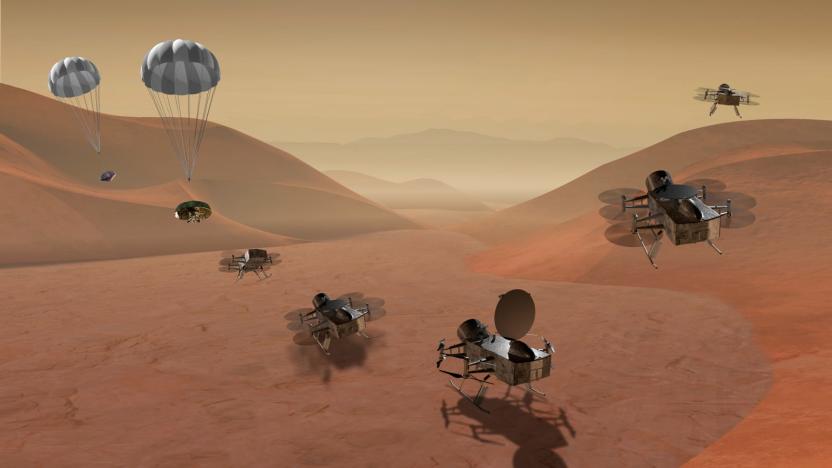
NASA's Dragonfly mission is sending an eight-rotor drone to Titan
NASA announced today its next big mission to explore our Solar System. The agency has greenlit a mission called Dragonfly that will send a spacecraft to the surface of Titan, Saturn's largest moon. Dragonfly, the latest of NASA's New Frontiers program, was selected because of Titan's unique makeup, which makes its one of the more promising candidates for discovering signs of microbial life.
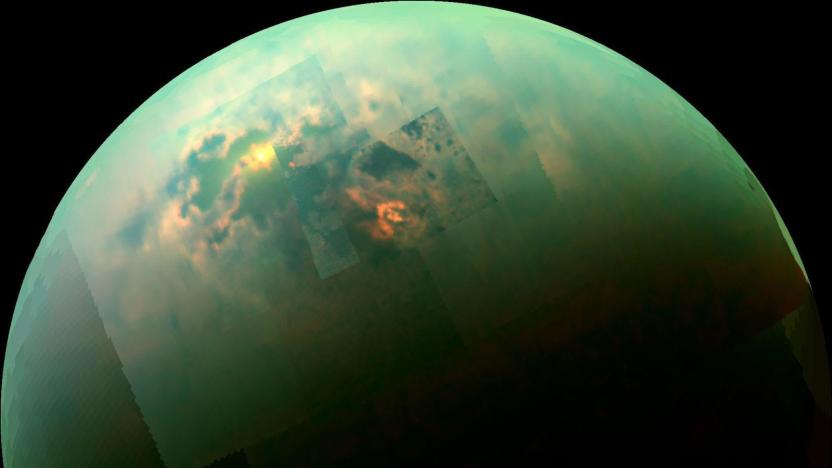
NASA’s Cassini data shows Titan’s lakes are stranger than we thought
NASA's Cassini-Huygens spacecraft made its fateful plunge into Saturn's atmosphere in 2017, but scientists are still using the data it sent home to make surprising discoveries. Two papers published in Nature Astronomy reveal new information about the lakes on Titan, Saturn's largest moon. The small liquid lakes in Titan's northern hemisphere are more than 100 meters deep, perched atop plateaus and filled with methane. They also appear to be seasonal. And the bodies of liquid on one side of the northern hemisphere are completely different than those on the other side.
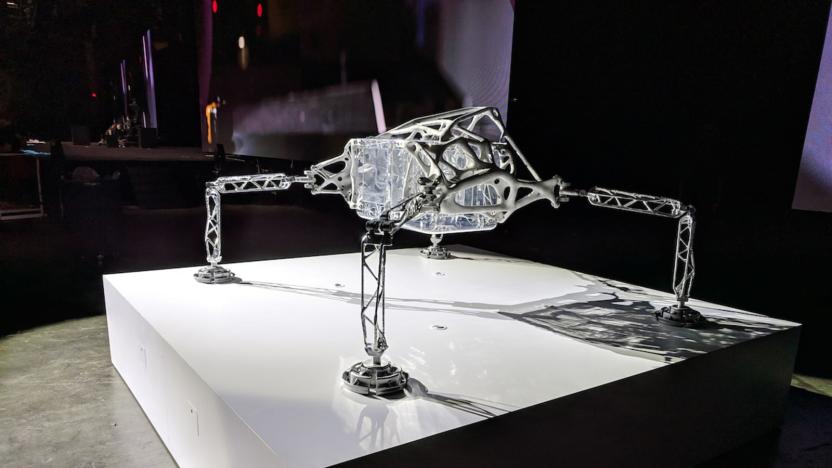
NASA and Autodesk are testing new ways to design interplanetary landers
Autodesk, the software company behind AutoCAD, has teamed up with NASA's Jet Propulsion Laboratory (JPL) to look at news ways to create an interplanetary lander that could potentially touch down on the moons of Saturn or Jupiter. When Mark Davis, the senior director of industry research at Autodesk, first approached JPL about the collaboration, NASA wasn't too interested. But when Autodesk showed that it was possible to achieve a 30 percent or more performance improvement by way of new designs and materials, Davis' team had JPL's attention.
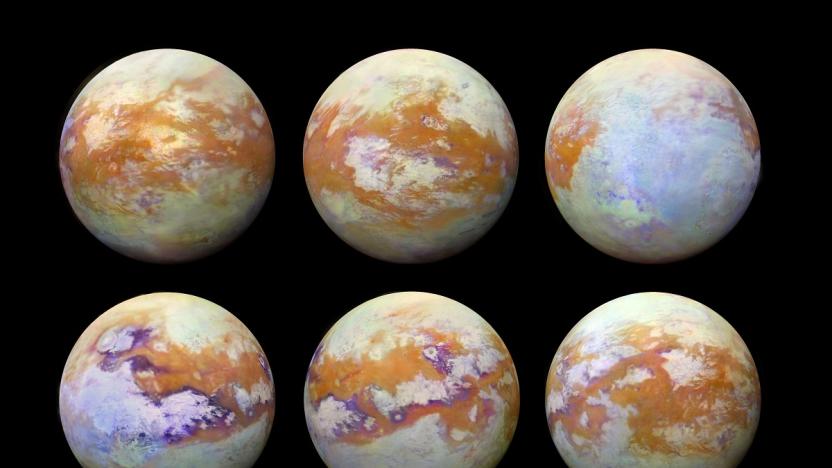
Breathtaking photos show Saturn's moon in a new light
Photos of Saturn's largest moon, Titan, have typically captured the muted, apricot tones of its nitrogen-rich atmosphere. But thanks to more than a decade of data gathered by the Cassini spacecraft, new photographs of an atmosphere-free Titan can show us the mesmerizing beauty of its surface.

Retro-bit brought brand-new Sega accessories to CES
While Nintendo's 'classic' consoles have soaked up much of the retro love lately, Sega fans do have something to look forward to. The last booth I stopped by at CES 2018 was one of my favorites, as Retro-bit showed off new officially-licensed accessories it's releasing for Sega consoles later this year, including (but not limited to) Genesis, Saturn and Dreamcast. Unfortunately, I wasn't able to get my hands on any of these controllers to see how they match up with the originals, but it's nice to see them upgraded with modern capabilities like USB and Bluetooth.

NASA's Cassini probe bids farewell to Saturn with epic image
NASA's Cassini spacecraft was always destined to be a doomed hero. After two decades in space, diligently exploring Saturn and its many strange and beautiful moons, operators deliberately crashed the spacecraft into the planet to make sure the moons remain pristine and unaffected by debris. But not before the spacecraft took one final, breathtaking look at Saturn, which NASA has shared in tribute to the dedicated spacecraft. The image, "Farewell to Saturn", is a combination of 42 natural-color pictures showing a sweeping view of the planet and its rings. The image even captures six of the planet's moons, including Mimas, the so-called "Death Star" moon.

First observed interstellar object is a speedy, cigar-shaped asteroid
Last month, astronomers running the Pan-STARRS 1 telescope in Hawaii spotted an intriguing object moving through our solar system and it became clear pretty quickly that the object, whether it was a comet or an asteroid, had come from outside of our solar system. Now, in a paper published this week in the journal Nature, researchers have described the interstellar visitor, dubbed 'Oumuamua, including its peculiarities as well as its similarities to objects originating in our own solar system.

How NASA will defend the Earth against plagues from outer space
In the summer of 1957, the Earth stood witness as a meteorite cratered in rural Pennsylvania, bringing with it a people-eating plague never seen: an alien amoeba with the taste for human flesh. While we had Steve McQueen around for the first invasion, humanity is now defended against microbial marauders from outer space by NASA and its international counterparts.
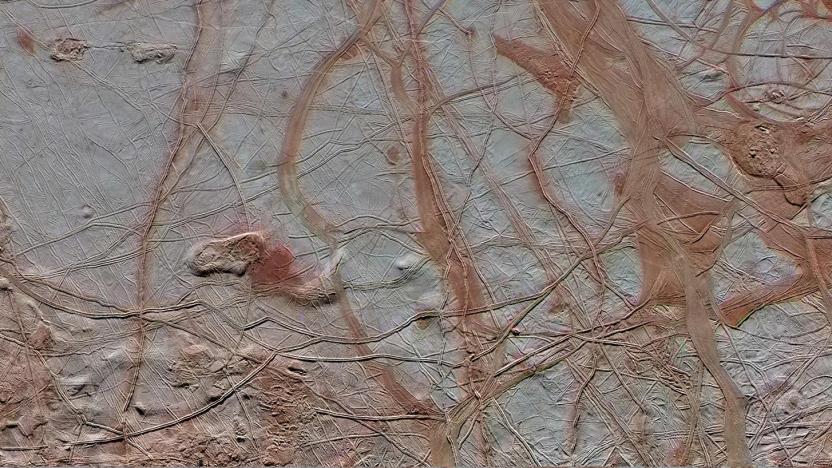
Touring the solar system with a new book of NASA photos
It's easy to get jaded by images of our solar system, especially when NASA probes like Cassini make it look so routine. A new book called The Planets, written and curated by Nirmala Nataraj with a forward by Bill Nye and featuring hundreds of stunning NASA images, should cure you of your cynicism. As Nye puts it, we haven't exactly been doing this for a long time. "You are looking at images with a clarity and sharpness that our ancestors probably couldn't even imagine, let alone capture," he said.
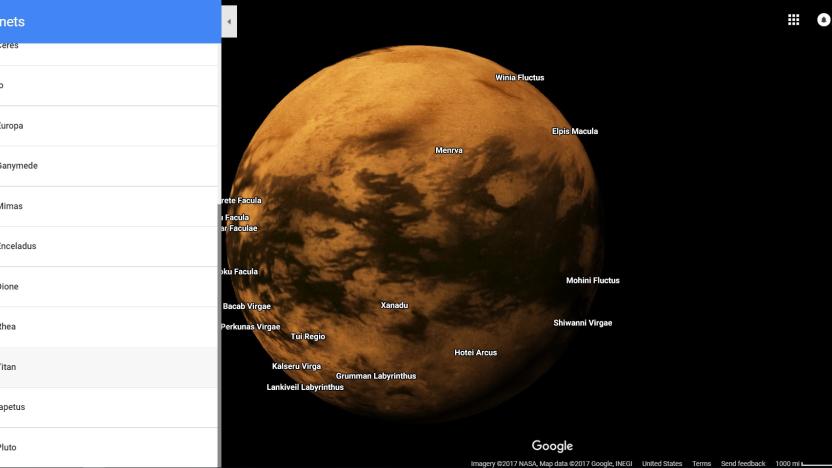
Explore (most of) the solar system in Google Maps
Google first added the moon and Mars to Google Maps back in 2014 to commemorate the Curiosity rover's second year exploring the red planet. Sure, you couldn't zoom down to Street View level, but it's the closest many of us will get to the celestial bodies. If that wasn't enough extraterrestrial fun, Google has answered your prayers: Mercury, Venus, Pluto and ten moons from other planets have been included in the roster.

Cassini's life passes before its eyes in NY art exhibition
Cassini became a cultural touchstone not just because it was a useful and productive space probe, but because it completed a classic hero's journey. So it's fitting that an art exhibition presented by the WOW visual design studio at HGPRP Gallery in New York City celebrates the life of the probe not in technical, but abstract terms. "It's been said, just before a person dies their life's biggest moments flash before their eye," WOW writes. "Fleeting moments and flashbacks allow viewers to celebrate 20 years of Cassini's achievements in a very personal, non-linear, stylized exhibition."

Recommended Reading: Why Cassini had to be destroyed
Analysis: Why Nasa's Cassini Probe Had to Be Destroyed Fedor Kossakovski, PBS By now, you've likely read a bit about NASA's Cassini probe plunging into Saturn to end its tour of duty this week. You've also probably wondering why that had to happen. PBS breaks it down.
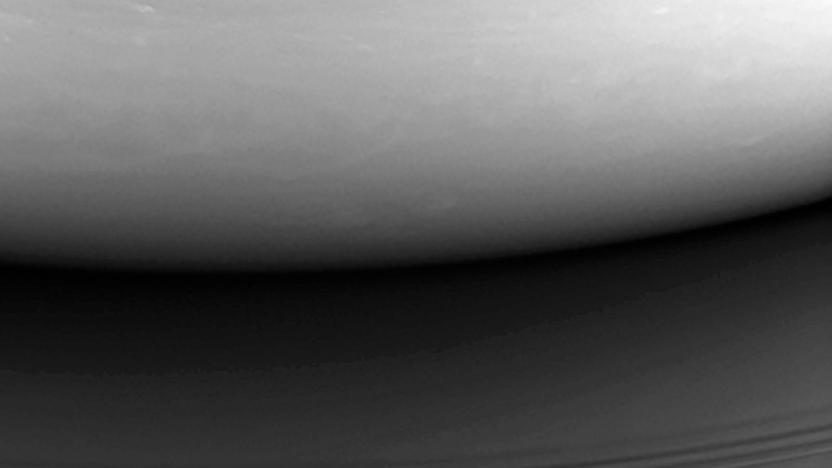
Cassini mission ends with final plunge into Saturn
At around 7:31 AM eastern time, the Cassini-Huygens spacecraft disintegrated and plunged into Saturn, becoming the only man-made object ever to touch our solar system's second largest planet. "The signal from the spacecraft is gone and within the next 45 seconds, so will be the spacecraft," said NASA JPL Cassini program manager Earl Maize. "This has been an incredible mission, an incredible spacecraft, and you're all an incredible team."
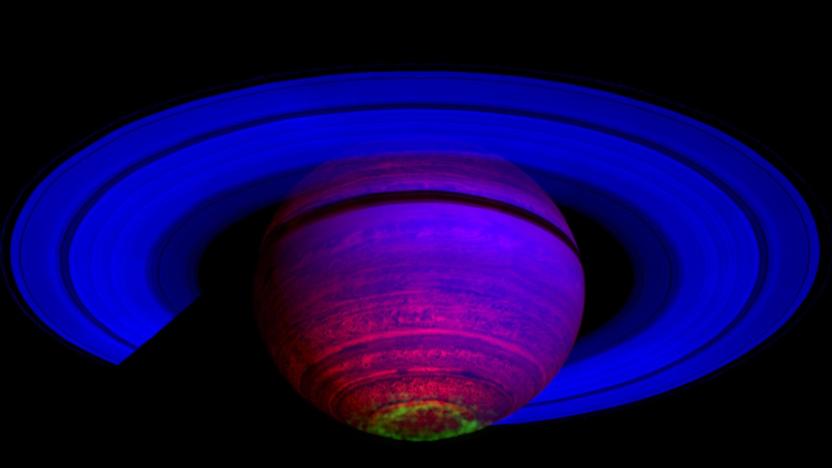
What's next for NASA as Cassini's mission comes to a close
After nearly two decades in space and 11 years studying Saturn (and its myriad moons), the Cassini spacecraft ended its mission at roughly 6:30 am Eastern on Friday when it slammed into the gas giant's suffocating atmosphere. It was an auspicious end for the $3.4 billion spacecraft, argues Curt Niebur, the program scientist for Cassini at NASA headquarters. "I find it exhilarating, myself," he said. "Instead of just crashing it into something and saying we're done, we're actually going after science questions that we never intended Cassini to answer. And we'll be able to address those. It's fantastic."
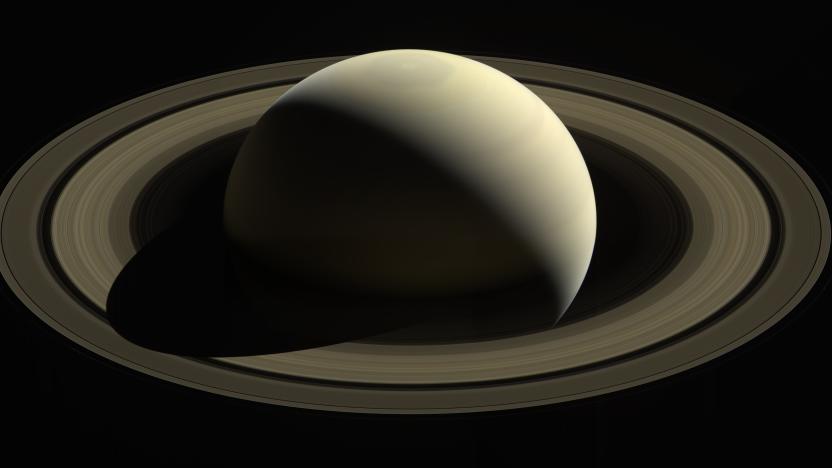
Nine of Cassini’s most exciting discoveries about Saturn
Saturn is something of a solar system unto itself (minus the requisite sun). It's surrounded by 53 confirmed moons and another 9 "moonlets," tiny worlds that are among the most exotic and diverse we've seen in this neck of the galaxy. For as much as we could see from our Earth-based telescopes, it was only by getting up close and personal with the system's second largest planet -- by sending a $3.4 billion science machine hurtling 8.88 million miles across interplanetary space -- that we were able to truly observe Saturn. And it's a good thing we did because the scientific discoveries have been near-constant in the 11 years since Cassini left home. We've seen the surface of Titan and watched its liquid methane flow, fall like rain into massive hydrocarbon seas. We saw the tiny icy moon of Enceladus reveal its 101 geysers which shoot hundreds of pounds of water ice and molecular hydrogen into space from a subsurface ocean. Think of the life we'll find in there! And above all, the Cassini mission helped us better understand the atmosphere and global mechanisms of Saturn itself. Here are nine of the most exciting scientific discoveries the Cassini mission brought about.













